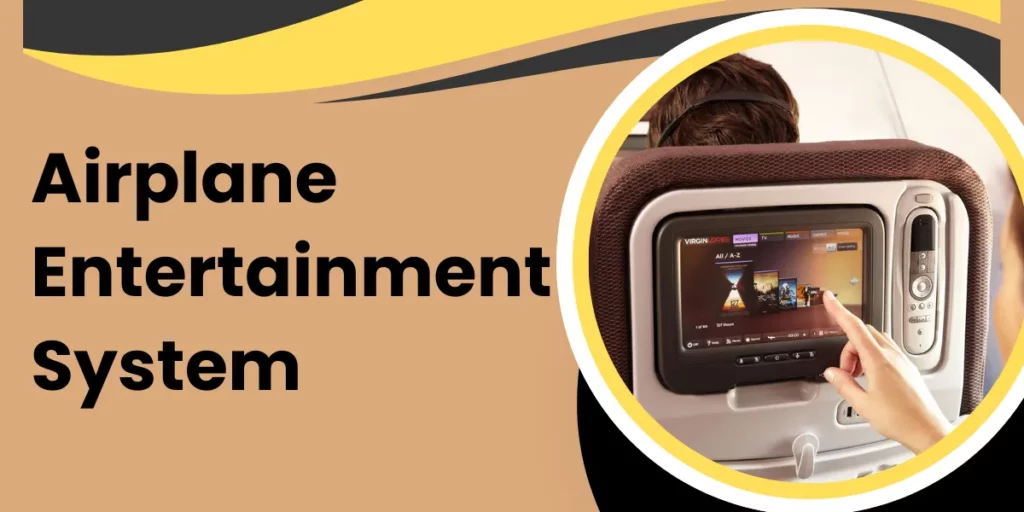Enhancing the Flying Experience: The Evolution of Airplane Entertainment Systems
Air travel has come a long way since the early days of aviation. Beyond the awe-inspiring engineering feats, airlines have continuously strived to enhance the passenger experience, and one aspect that has seen significant advancements is the airplane entertainment system.
Today, these systems have evolved into sophisticated, immersive platforms, catering to passengers’ diverse preferences and transforming the in-flight journey into a truly enjoyable and engaging experience. In this article, we will explore the evolution of airplane entertainment systems and their impact on modern air travel.
The Emergence of In-Flight Entertainment
In-flight entertainment (IFE) systems can be traced back to the late 1920s when the first experiments with movie screenings on aircraft were conducted. These early systems were rudimentary, consisting of a projector and a small screen at the front of the cabin. Passengers had limited viewing options, mainly consisting of black-and-white films.
The Transition to Personal Screens
As aviation technology progressed, so did in-flight entertainment. In the 1980s and 1990s, airlines introduced individual seatback screens, allowing passengers to choose from a selection of movies, TV shows, and audio channels. This shift from communal screens to personal screens marked a significant milestone in the evolution of in-flight entertainment systems.

Advancements in Digital Content and Connectivity
With the advent of digital technology and the widespread availability of high-speed internet, airlines began to revolutionize their in-flight entertainment offerings. Wi-Fi connectivity was introduced, Airplane Entertainment System enabling passengers to access a wide range of content, including movies, TV shows, music, games, and even live streaming. This connectivity also allowed passengers to stay connected with their social networks and browse the internet during the flight.
The Rise of On-Demand and Streaming Services
As passengers increasingly relied on personal devices for entertainment, airlines began to adopt on-demand and streaming services. Passengers could now access a vast library of movies and TV shows on their own devices through the airline’s app or website. This shift gave travelers more control over their entertainment choices, allowing them to pause, rewind, or switch between content at their convenience.
Innovative Features and Immersive Experiences
To differentiate themselves in a competitive market, airlines have started to incorporate innovative features and immersive experiences into their entertainment systems. Some airlines offer virtual reality (VR) headsets, allowing passengers to enjoy 360-degree movies and interactive experiences. Others provide interactive touchscreens with destination guides, real-time flight information, and personalized recommendations based on passenger preferences.
The evolution of airplane entertainment systems has significantly enhanced the in-flight experience for passengers. From the early days of communal screens to the personalized, immersive platforms of today, these systems have become a crucial part of air travel. With advancements in digital content, connectivity, and innovative features, passengers now have more entertainment options at their fingertips.
As technology continues to evolve, we can expect airplane entertainment systems to offer even more exciting and engaging experiences in the future, making flying not only a means of transportation but also a source of entertainment and enjoyment.




